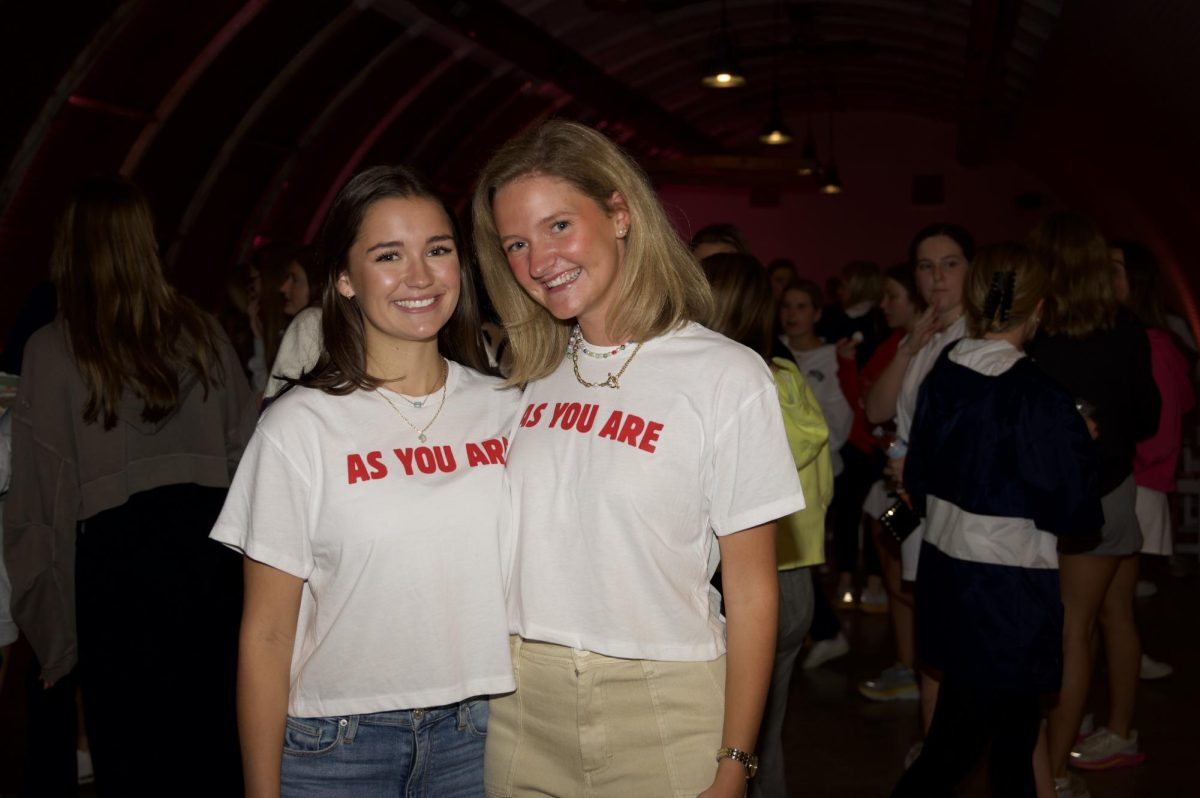Once upon a time in the 1950s and 1960s, the western film ruled the silver screen.The best westerns of all time were released in the these two decades, each decade having its own distinct style. The 1950s were characterized by the good-versus-bad, noble John Wayne films. The 1960s westerns were defined by the more violent, less-polarized “spaghetti westerns,” known as such because they were written, directed and produced by Italians.
Starting in the early 1970s, however, the production of western films dropped consistently until stopping almost completely in the mid-1980s.
Don Graham, an American and English literature professor at the University of Texas at Austin, said in his essay, “Western Movies Since 1960,” the demise of the western film can be attributed to several factors, including the rise in western interpretation films.
“The moral dichotomy and some of the special features of the Western have been easily absorbed by other genres such as science fiction,” Graham said.
The Star Wars series and “Serenity” have been the best examples of these out-of-the-west westerns. They capture the essence of the western film (isolation and surviving in a sometimes lawless society) while changing the scenery and props. The trusty steed has been replaced by the workhorse spaceship; the empty desert has been replaced by a vast outer space; and any variant of some futuristic laser-gun has replaced the Colt revolver.
Graham also cites “the quick cross-cutting and dime-store surrealism of MTV” as a cause for the disappearance of the western film.
A whole generation of teens and young-adults would find the narrative pace of a western too slow and the image of a man riding a horse silly, Graham said.
Call me old-fashioned, but I like when it takes time to watch a movie – when the movie is so long it becomes an experience.
“The Good, The Bad and The Ugly,” the best western film of all time, clocks in at more than three hours without ever dragging its feet. It also features no dialogue for the first ten and a half minutes of the film.
I can count all the westerns released in the past 20 years on one hand, and I cringe when I think of the most recent examples. “The Quick and the Dead” and “American Outlaws” aren’t westerns; they’re too pretty and polished.
A real western has one-armed gunslingers and drunks and men whose faces look no different than the craggy rocks they walk on.
In the past two decades, there have been a few highlights, like “Open Range” and “Tombstone,” but it’s been nearly 15 years since the last great western: “Unforgiven.”
I love a good western. I love the hold-ups, the over-the-top music, the lone heroes and the despicable bad guys.
No other genre of movie can offer that perfect combination of substance and style.
But gone are the John Waynes and Clint Eastwoods. You’ll find no filmmaker today with an eye for cinematography as sharp as Sergio Leone’s nor a filmmaker with a thirst for blood as insatiable as Sam Peckinpah’s.
Wild West cinema is as dead as the Wild West itself.
John-Laurent Tronche is a senior news-editorial major from Fort Worth.




